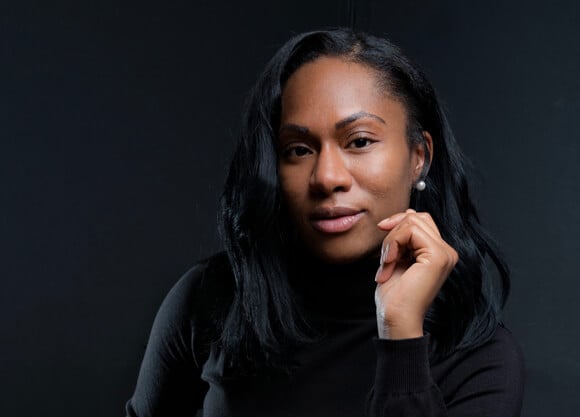
Community urged to reflect on past when looking toward the future
March 31, 2022

March 31, 2022

She addressed the role of the arts as a tool to dismantle systems of oppression and to advance racial justice and cultural equity. She also spoke about the city’s recently released cultural equity plan designed to increase access to arts and culture to residents of New Haven.
“The beauty of New Haven is that there is already so much culture here screaming for an opportunity to be elevated and celebrated,” Jefferson said. “Art is not just nice. It is necessary for our economy, for driving social innovation and most of all as a conduit to propel us toward diversity, equity, inclusion and justice.”
In order to understand our future, we must understand how we got here, said.
“We stand in the footsteps of the native people who are the original culture bearers of this land — the Wappinger, Paugussett and Quinnipiac people. In order to know where we’re going, we must acknowledge and reconcile with our past,” Jefferson said.
Even as recently as this past year, history was being made through protests around racial injustice, she noted. Jefferson said she sees the pandemic and the events of the past couple of years an opportunity to not go back to the same as before, but to do better.
“We will get through this pandemic eventually, but racial in justice in this country will continue to exist and it’s up to the arts to decide how we will help to eradicate it,” she said.
She pointed to what she called the “white supremacy culture” at the root of the inequities in the world of arts, for-profit and non-profit, both of which she has worked in over her 25-year career.
“Working in syndicated television, you have white executives making billions off of Black talent and controlling the narrative of Black and Brown talent. We have to move forward with purpose,” she said. “But we don’t just wake up and be considered non-racist. We don’t read a book and become non-racist. It something that is a process that we practice every single day.”
She discussed the effects that redlining — a practice that put resources and services out of reach for residents of certain municipal areas based on race or ethnicity in the 1930s — is still having on the Black and Brown populations today.
“It was the lack of education, resources and wealth then that is still holding them back. It’s the history of oppression. Today, Black and Brown people don’t go to school for the arts and it’s not because they don’t want to. They do want to, but it’s the risk [of not becoming employed] that holds them back,” Jefferson said.
Her plan, which was drafted not by Jefferson alone, but by artists, arts activists, leaders, organizers, consultants and residents of the community, emphasizes that cultural equity is not a “finish-line” to be crossed, or a permanent condition that can be achieved, but a set of daily values. It defines cultural equity, why it matters and more importantly, actionable ways to work towards equity.
“The time has come for all of us to take a deep and truthful look in the mirror and see our role in complicity and blindness to racism,” she said. “Cultural equity is less about a plan and more about action.”
Quinnipiac Today is your source for what's happening throughout #BobcatNation. Sign up for our weekly email newsletter to be among the first to know about news, events and members of our Bobcat family who are making a positive difference in our world.
Sign Up Now